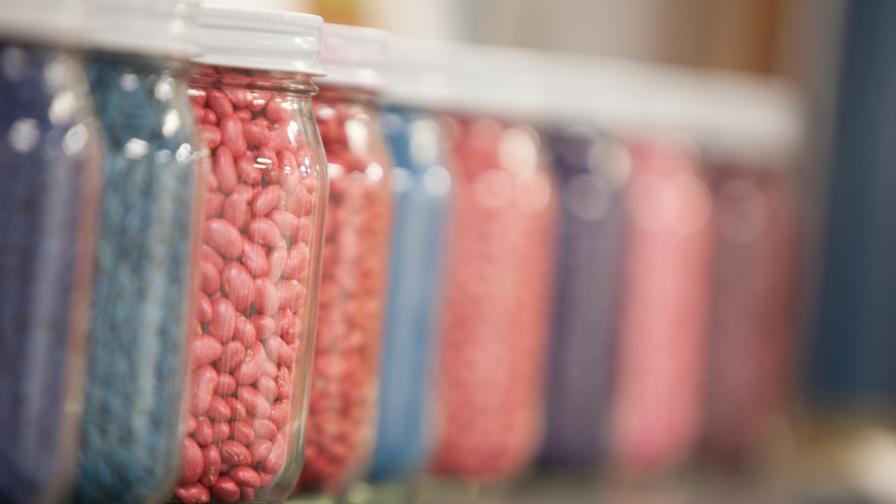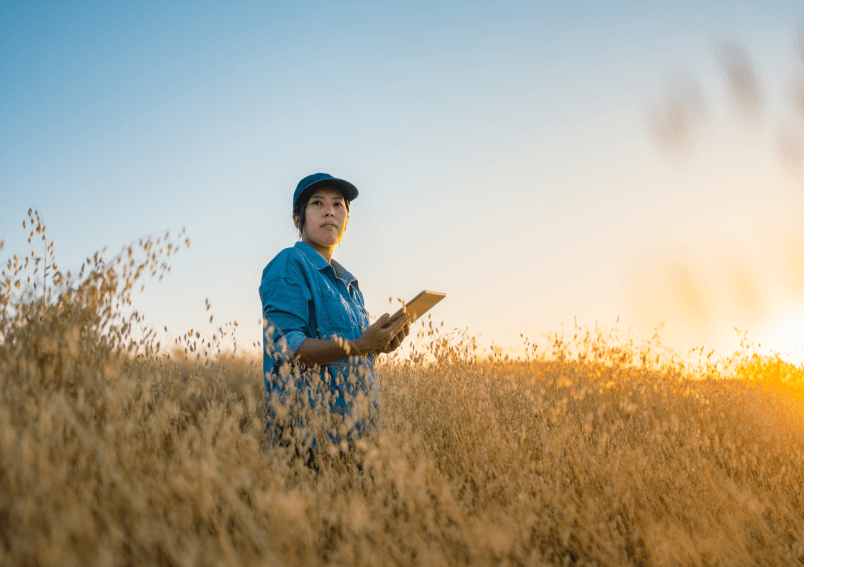Covering the Basics: Seed Treatments Expected to Continue to Boom

New technology and rigorous testing help seed treatments deliver trust among growers and increased value.
This year agriculture has seen a variety of disruptions. Despite chaotic weather, COVID-19, an incomplete Phase One deal with China and supply chain disruptions, seed treatments remained remarkably unscathed for the 2020 growing season.
“It’s been a very strange year. We were gearing up for treatment in a lot of places when COVID hit, at least in the U.S. and earlier than that in Europe and other places,” says Ross Weikel, Syngenta’s Head of Seedcare in North America. “Spring, in the northern hemisphere is a heavy seed treatment application period. To have the virus hit during that time created a lot of questions. But, I think, a huge compliment to the resiliency of agriculture — all those treatments still happened.”
The distribution side of the equation had a pretty good year, as well, despite the challenges according to Paul K. Johnson, Seed Treatment Market Manager for Wilbur-Ellis Agribusiness.
“We believed the market year would be challenging due to the commodity prices, however where we could provide and show the ROI for the grower spend/acre we were successful,” he says. “So yes, we met the majority of our objectives.”
According to a report from Data Bridge Market Research, the seed treatment biofertilizers market is estimated to reach at a CAGR of 15.8% in the forecast period 2020 to 2027. Growth, according to the report, is driven primarily by the increasing organic farmland and rising acceptance of biofertilizers among farmers.
Finding the right mix to cover a seed can be a bit of a challenge. The availability of offerings has made understanding growers’ individual needs critical for success.
“The needs vary widely depending upon geography, cropping practices, disease and insect pressure, soil type and weather conditions,” explains Randy Stofferahn, a Sales Representative for Wilbur-Ellis specializing in seed treatments. “There are so many factors to take into consideration. When working with a customer there are a lot of questions that need to be asked/answered. The more details that can be exposed the better the recommendation to be made. It is very much a “prescriptive” approach. We do not try to create a “one size fits all” solution for our customers.”
New Technology
One of the things that has helped make seed treatments more popular is the technology supporting them.
“We’ve seen some more technology around the internet of things,” Weike says. “It used to be you’d mix your seed treatment — anything you could get on the seed. And you really weren’t sure how accurate it was. Now with some of the improved treatment equipment, if you have a high-performing pre-mix product, and you have really good equipment, you can be very, very certain of the accuracy and know you’ve got a good loading on every seed.”
While seed treatments have been around for decades, there is still much to learn. New solutions that allow for lower treatment rates give growers more space on the seed itself.
Wilbur-Ellis recently announced the release of a new and improved seed treatment product, STEPUP 2.0., a seed treatment nutritional that is specifically designed to interact with and respond to the seed by supplementing the protein and amino acids released during the early stages of germination, providing a faster and more uniform emergence, resulting in higher yields. This exclusive seed treatment product features a newly redesigned, higher-concentrated formulation.
“The redesigned formulation allows for lower use rates on seed which can result in better seed flow at planting while retaining its performance,” said Wilbur-Ellis’ National Seed Treatment Manager Paul Johnson.
In addition, the technology for handling treated seeds continues to improve.
“Great strides being made to improve how treated seed is handled from the treating line to the planter by colors, polymers and drying agents,” Johnson says.
“From the grower standpoint, commodity prices have put increased pressure on them to find efficiencies in their operations,” Stofferahn says. “They must always be looking for inputs that provide a good return on their investment. Seed treatments are among the best. Getting a good stand early in the season when conditions tend to be cool and damp can be a challenge and if not done right can be very costly in the end with decreased stand and yield.
“Basic suppliers are always looking for new technologies that can attract the attention of producers,” Stofferahn says. “It is fun to develop and introduce something new. The pipeline for new products is somewhat robust. Developing a new product/offer is extremely costly and many times the incremental improvement that is achieved is not as great as hoped for.”
Looking Ahead
With the 2020 seed treatment season behind us, growers must start thinking about 2021.
“Often the seed treatment decision is made alongside the seed choice,” Weike says. “Usually the seed sales season starts as early as August. Generally, 80% to 90% of seed treatment decisions are done before the end of the year. Not all the treating is done, but the decisions are made. Then you have the indecision about acre shifts that happen at the end. We’re (the U.S.) heading into what is the big push for seed treatment for next year. A lot of those things will be done over the next three or four months.
“There’s a lot of uncertainty. I don’t think it would be surprising if there was less commitment in Q4 than is normal at a grower level.”
Delivering new solutions for growers will be key to continued success.
“We see growth opportunities in seed enhancements like ST nutritionals and biologicals that enhance current systems,” Johnson says. “Along with new actives that target a specific pest. We are budgeting flat to up and are very excited of some new innovation coming in 2021.”
“My wholesale customers understand the impact of marketing and are looking for ways to differentiate themselves in the marketplace. There are still many very effective ways to accomplish this and I help them do so,” Stofferahn says.
“Farm operations continue to get larger. Producers need to cover more acres in a shorter period of time,” he continues. “They understand the importance of seed treatments and are looking for cost effective ways to protect their seed investment and get a great stand established as quickly as possible in the spring.
Biologicals
“In the last 10 years, more biological products are included in that mix,” Weike says. “People are finding biologicals in different areas can provide some stimulation and/or a way to attack some of those pests using a different mode of action.”
While the push for biological products has been consumer or regulatory driven, that doesn’t seem to be the case for seed treatment.
“Most of the drive for biologicals in seed treatments is actually just been about looking for new solutions,” Weike says. “It’s been less consumer driven and less regulatory driven at this point — particularly in the U.S. In Europe, there’s a regulatory direction towards biologicals. The vast majority of biologicals on the market sold as seed treatments today are either nematicides or are biostimulants. Those are areas where 10 years ago there weren’t a lot of options.”
Verdesian’s Kurt Seevers, sees additional benefits to the use of biological seed treatments.
“As growers start looking for ways to add the next two to five to 10 bushels (talking corn or soybeans) there’s potential to help us add yield to what we’re already getting through genetics, fertilizer use, and efficiency,” says Seevers, Technical Development Manager for Seed Treatments and Inoculants. “With biologicals, we’re taking things that are more natural and looking for ways that we can capitalize on what these naturally occurring things can do.”
“People are looking for the next new thing,” Seevers says. “We’ve gotten to the point where we’re looking for environmental reasons, curiosity, income opportunities — driven by an interest in sustainability. When you look at things in the biological realm, there’s a much easier line to drawn from biological to sustainability.”
“This market segment is very dynamic with so many options to choose from. It can be a real challenge finding the BEST option for a specific area. Participating in the process is incredibly rewarding!”







